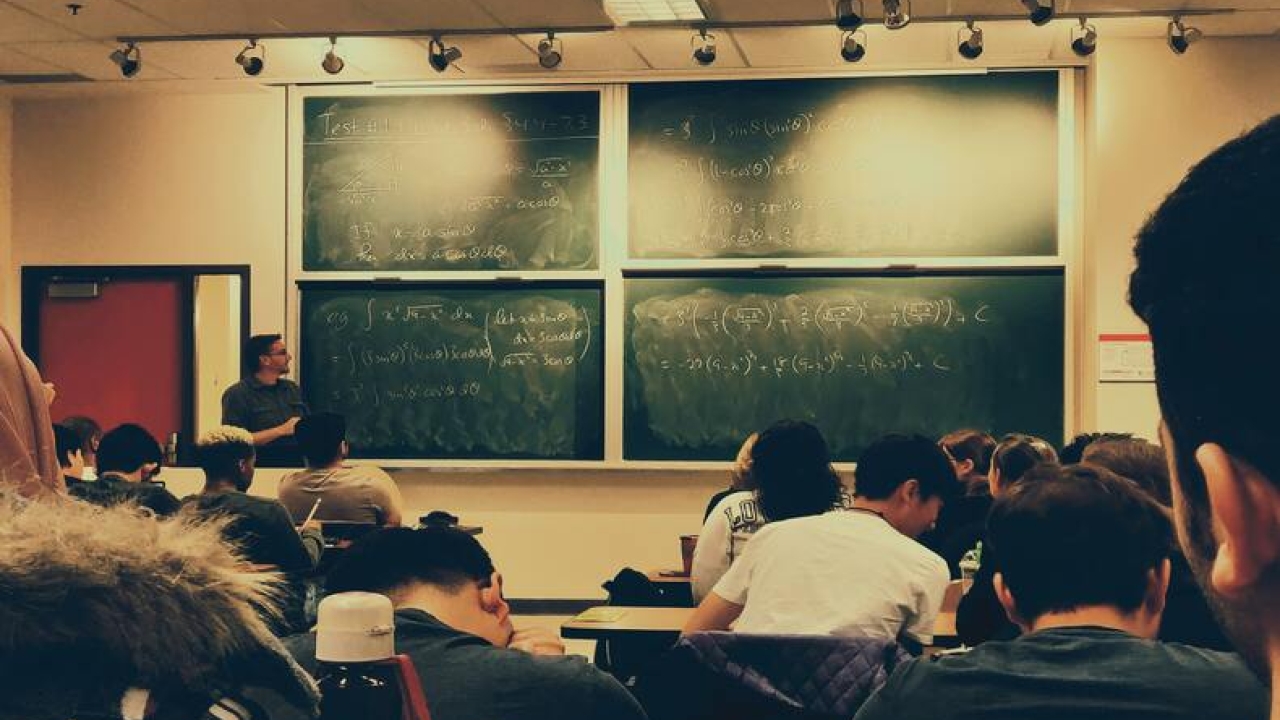Empowering Classrooms with Student-Led Learning

Today we educators, have realized that you can’t force passion and motivation upon students. We know that it is not your IQ, but your passion and motivation, that are the keys to success. By promoting student-led learning, it becomes more possible for learners to ‘learn how to learn’. So, if we can start with the student's interests, we can build skills and knowledge from there. Then, learning comes in overdrive and students are set up well to become lifelong learners. In most schools the ultimate leadership role for students is to be leaders of their own learning. By encouraging students to take ownership of their learning, the students become intrinsically motivated, and see their worth and potential. Giving greater power to pupils allows them to become more aware of their personal strengths and to develop greater confidence in pupils. Student-led learning makes the classroom less of an “institution” and more of a community, encouraging all-around mutual support. It encourages students to think for themselves, rather than simply following instructions, from an early age. Student-led learning provides students with ample opportunities for self-direction, a powerful sense of ownership and the ability to explore topics that are meaningful and relevant in their lives. Student-led learning isn’t about leaving kids to fend for themselves; the goal is to foster a learning environment where students have the support and structure, they need to make decisions. Teachers can present students with different choices that are all designed to lead to the same goal.
The benefits of student-led learning are many. However, creating student-led classrooms is challenging. It is all about the mindset of the staff and teachers. Educators must forget what you know about teaching, and how schools are organized, and start with what you really know about learning. We need to start with the personal goals and personal learning paths of the student, and that means starting with something that the student wants to learn, make, or do, and giving the student the chance to fail and reflect on that along the way. A ‘teacher’ should use all his or her knowledge to ask the right questions and help the student reflect, not simply explain to them. This enables students to manage their own learning process. You don’t need preset courses, classes, class timetables or age groups for that. In student-led learning, it is important for the learner to have their own concerns and define their own questions. For effective student-led learning, it’s important that the teacher supports the learner in selecting a topic that they’re interested in, and that can be addressed within the allotted time. Students should have access to the information needed and opportunities to discuss their topic with classmates in order to deepen understanding. Teachers might allow students to “choose your own adventure” by setting up different learning stations, either in the classroom or virtually, and letting students navigate from one learning station to the next in whatever order appeals to them.
By building opportunities for student choice into lessons, teachers provide students with a supportive framework for autonomy that empowers students to take learning into their own hands. Encourage leadership by inviting students to the front of the classroom to teach their peers. Teachers may assign a student to lead part of a lesson, educate their peers on a subject that they are passionate about, or deliver the news of the day. Encouraging students to step into the teacher role gives individual students an opportunity to gain valuable leadership experience while engaging the whole class. In student-led learning, the teacher is a guide and facilitator, walking around to ask reflective questions or guide students to ask their own questions. They may also be providing demonstrations or pulling up information to support students in their explorations. Students may be sharing out work and getting feedback from their peers through a whole group setting or through a gallery walk in the classroom. There are so many opportunities for students to explore their world and take ownership of their learning process.
Stay up to date
Subscribe to the free GESS Education newsletter and stay updated with the latest insights, trends, and event news every week. Your email address will remain confidential


